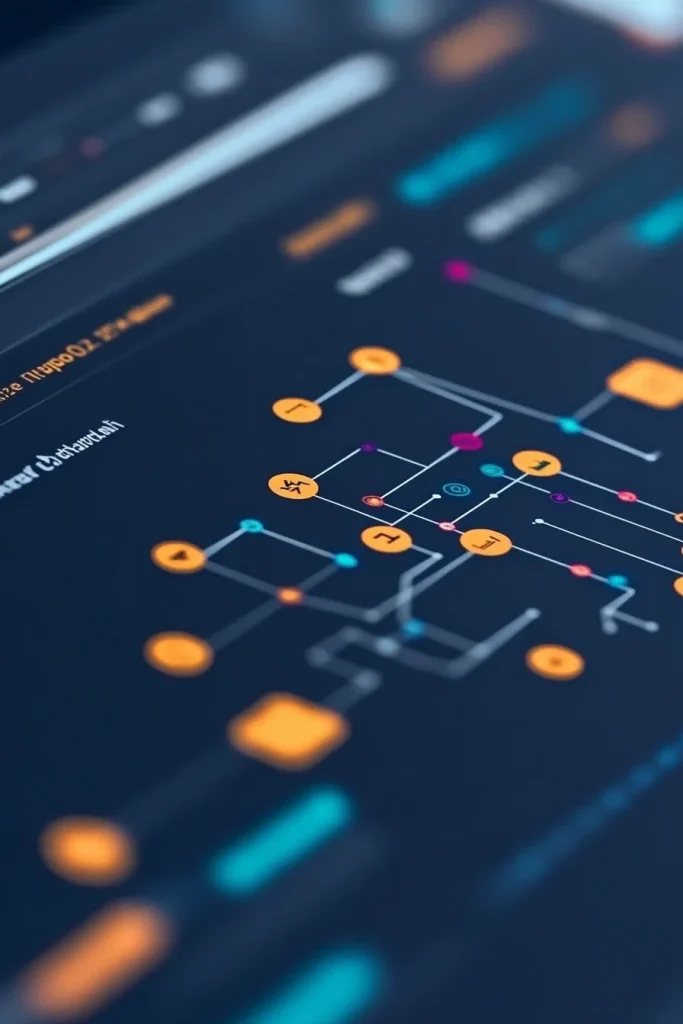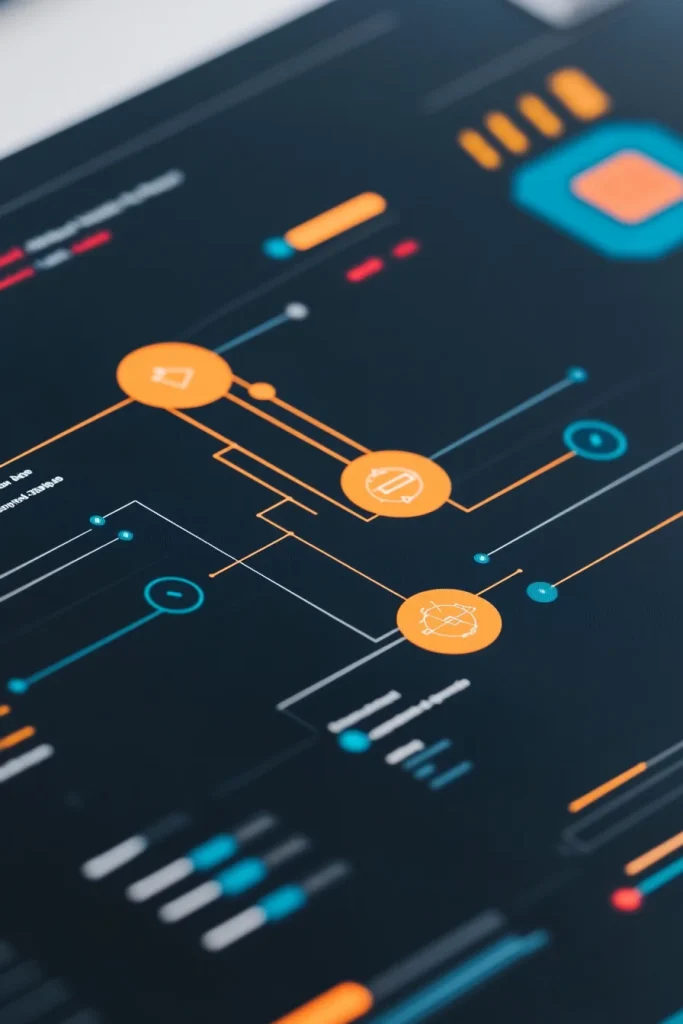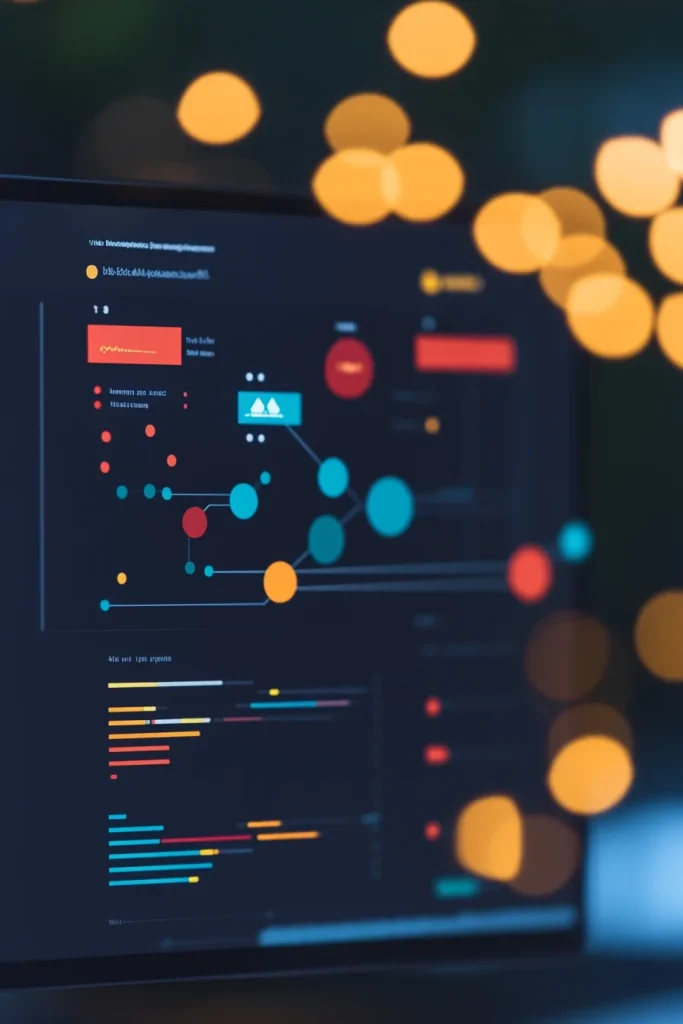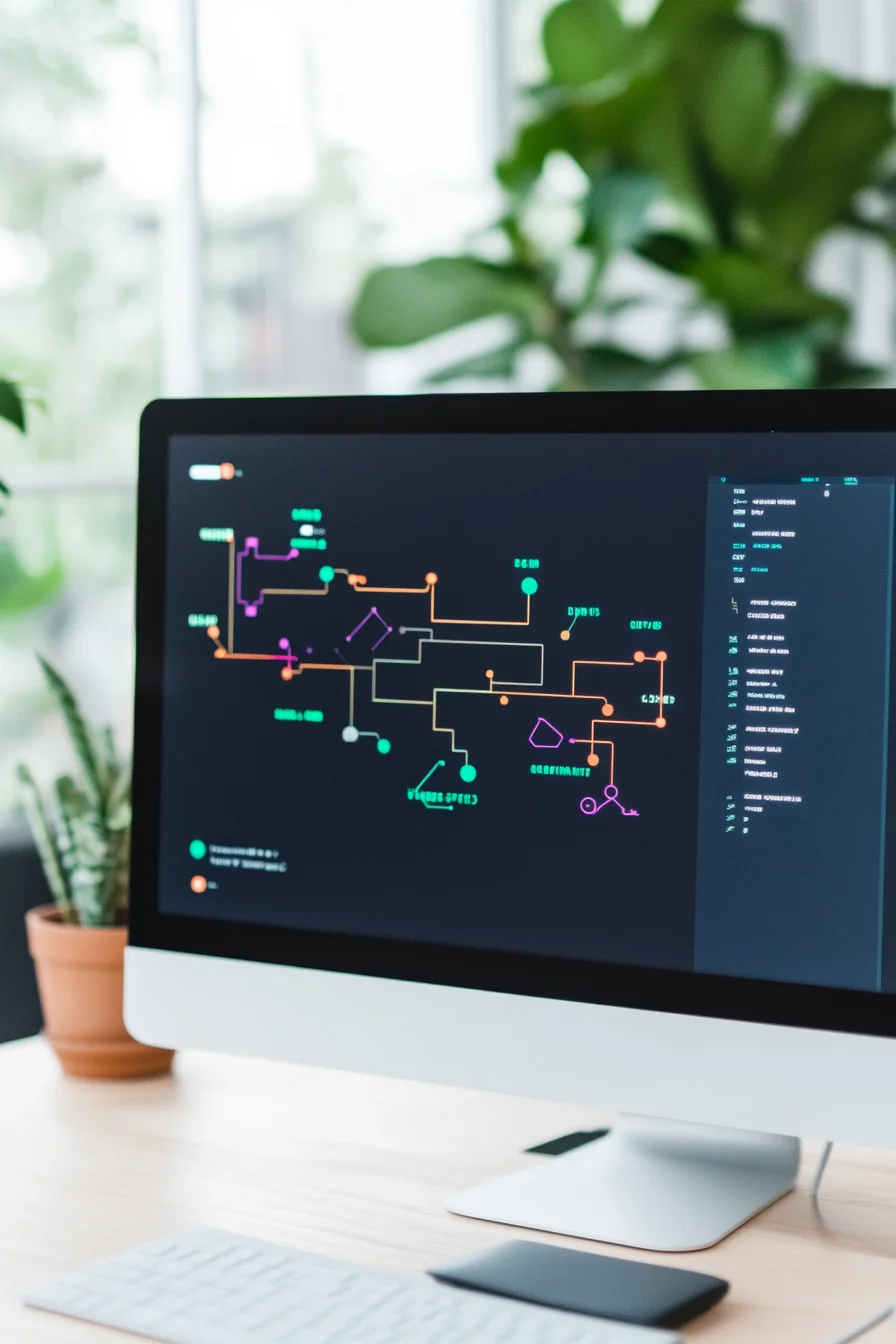Machine Learning (ML) is one of the most exciting and rapidly growing fields in technology today. From self-driving cars to personalized Netflix recommendations, machine learning powers many of the innovations we use every day. If you’ve ever wondered how machines learn to make predictions or decisions without explicit programming, you’ve come to the right place.
In this beginner’s guide, we’ll break down machine learning (ML) in simple terms, explain how it works, and explore real-world applications and concepts you need to know in 2025.
1. What is Machine Learning?
The Simple Definition
Machine learning is a subset of artificial intelligence (AI) that enables computers to learn from data and improve their performance over time without being explicitly programmed.
Instead of writing specific instructions for every possible scenario, ML allows machines to recognize patterns in data and make predictions or decisions based on what they’ve learned.
Key Characteristics of Machine Learning
- Data-Driven: ML relies on data to train models and make predictions.
- Adaptive: Models improve as they process more data over time.
- Versatile: ML can be applied to a wide range of tasks, from detecting spam emails to diagnosing diseases.
2. How Does Machine Learning Work?
Machine learning can seem complex, but at its core, it involves three key steps:
2.1. Input Data
Data is the foundation of machine learning. Machines are fed datasets, which can include numbers, text, images, or audio.
- Example: A dataset of photos labeled as “cat” or “not cat.”
2.2. Training the Model
The machine learning algorithm analyzes the input data to identify patterns or relationships. This is called “training the model.”
- Example: The algorithm learns to recognize features (like fur, whiskers, and ears) that are common in pictures of cats.
2.3. Making Predictions
Once trained, the model can be tested on new data to make predictions.
- Example: Given a new photo, the model predicts whether it’s a “cat” or “not cat.”
Key Components
- Algorithm: The mathematical recipe that analyzes data.
- Model: The final product of training that can make predictions.
- Feedback Loop: Adjustments made to the model to improve accuracy.

3. Types of Machine Learning
Machine learning is categorized into three main types, depending on how the machine is trained:
3.1. Supervised Learning
- Definition: The machine is trained on labeled data, where the correct answers are already known.
- Use Cases:
- Predicting house prices based on historical sales data.
- Spam email detection.
- Example: A model learns to classify emails as “spam” or “not spam” by analyzing labeled examples of each.
3.2. Unsupervised Learning
- Definition: The machine is trained on data without labels and must find patterns or groupings on its own.
- Use Cases:
- Customer segmentation for targeted marketing.
- Anomaly detection in cybersecurity.
- Example: A model identifies groups of similar customers based on purchasing behavior.
3.3. Reinforcement Learning
- Definition: The machine learns by trial and error, receiving rewards for correct decisions and penalties for mistakes.
- Use Cases:
- Training robots to perform tasks.
- Developing game-playing AI, like AlphaGo.
- Example: A self-driving car learns to navigate roads by being rewarded for avoiding obstacles and following traffic rules.
4. Common Machine Learning Algorithms
There are many algorithms in machine learning, but here are a few beginner-friendly ones:
4.1. Linear Regression
- Purpose: Predict a continuous value (e.g., house prices).
- How It Works: Finds the best-fitting line through the data points.
4.2. Decision Trees
- Purpose: Classify data into categories (e.g., approve or reject a loan application).
- How It Works: Splits data into branches based on decision rules (e.g., income > $50,000).
4.3. K-Means Clustering
- Purpose: Group data into clusters (e.g., segment customers based on shopping habits).
- How It Works: Finds clusters by minimizing the distance between points within the same group.
4.4. Neural Networks
- Purpose: Handle complex data like images or speech.
- How It Works: Mimics the structure of the human brain using layers of nodes (neurons) to process data.

5. Real-World Applications of Machine Learning
Machine learning is behind many of the tools and technologies we use every day. Here are some practical applications:
5.1. Healthcare
- Diagnosis: ML analyzes medical images to detect diseases like cancer.
- Drug Discovery: AI accelerates the development of new medications.
5.2. E-Commerce
- Recommendation Systems: Platforms like Amazon suggest products based on your shopping history.
- Fraud Detection: ML identifies unusual transactions to prevent credit card fraud.
5.3. Entertainment
- Streaming: Netflix and Spotify use ML to recommend movies, shows, or songs.
- Content Creation: AI generates music, art, and even movie scripts.
5.4. Transportation
- Self-Driving Cars: ML enables autonomous vehicles to recognize objects and navigate roads.
- Ride-Sharing: Apps like Uber use ML to predict demand and optimize routes.
6. Machine Learning Tools and Platforms
Here are some beginner-friendly tools to start experimenting with machine learning:
6.1. Python Libraries
- Scikit-learn: A simple library for beginners to implement ML models.
- TensorFlow and PyTorch: Popular frameworks for building advanced neural networks.
6.2. Platforms for Beginners
- Google Colab: A free cloud-based tool to run ML code without setting up a local environment.
- Kaggle: Offers datasets, tutorials, and coding competitions for beginners.
- Teachable Machine by Google: A drag-and-drop tool for creating ML models without coding.
7. Challenges in Machine Learning
While ML is powerful, it comes with challenges:
7.1. Data Quality
- Poor-quality or biased data leads to inaccurate predictions.
- Solution: Always clean and preprocess data before training.
7.2. Overfitting
- A model performs well on training data but poorly on new data.
- Solution: Use techniques like cross-validation to prevent overfitting.
7.3. Ethical Concerns
- ML can reinforce biases present in its training data.
- Solution: Monitor for fairness and diversity in datasets.
8. Getting Started with Machine Learning in 2025
Steps to Begin
- Learn Python: Python is the most widely used language in ML, thanks to its simplicity and vast libraries.
- Take an Online Course: Free and paid platforms like Coursera, edX, or Kaggle offer beginner-friendly courses.
- Practice with Datasets: Use open datasets on platforms like Kaggle or UCI Machine Learning Repository to build projects.
- Experiment with Tools: Start with tools like Google Colab to run ML code in the cloud.

9. The Future of Machine Learning in 2025
What’s New?
- Generative AI: Models like ChatGPT and DALL·E are transforming content creation.
- Edge AI: ML models are being deployed on devices like smartphones and IoT gadgets for faster processing.
- Explainable AI: Transparency in ML decisions is becoming a priority to improve trust and fairness.
FAQs
1. Do I need coding experience to learn machine learning?
Basic coding knowledge, especially in Python, is helpful but not always required. Some platforms offer visual tools that don’t need coding.
2. What’s the difference between AI and machine learning?
AI is the broader concept of machines simulating human intelligence, while ML is a subset of AI focused on learning from data.
3. How long does it take to learn machine learning?
It depends on your pace. Beginners can learn basic concepts in 1–3 months, while mastering advanced techniques may take longer.
4. Can I learn machine learning for free?
Yes! Platforms like Kaggle, Google’s Machine Learning Crash Course, and Elements of AI offer free resources.
5. What kind of jobs use machine learning?
Common roles include machine learning engineer, data scientist, AI researcher, and AI product manager.
Machine learning is shaping the future of technology, and learning its basics in 2025 is more accessible than ever. Whether you’re a complete beginner or looking to expand your skills, this guide is your starting point. Dive into the world of ML, and get ready to build the future! 🚀
